 Leaner Government
Leaner Government
Billions of dollars in savings and hundreds of thousands of Full-Time Employee hours shifted to higher-value work
Download the Update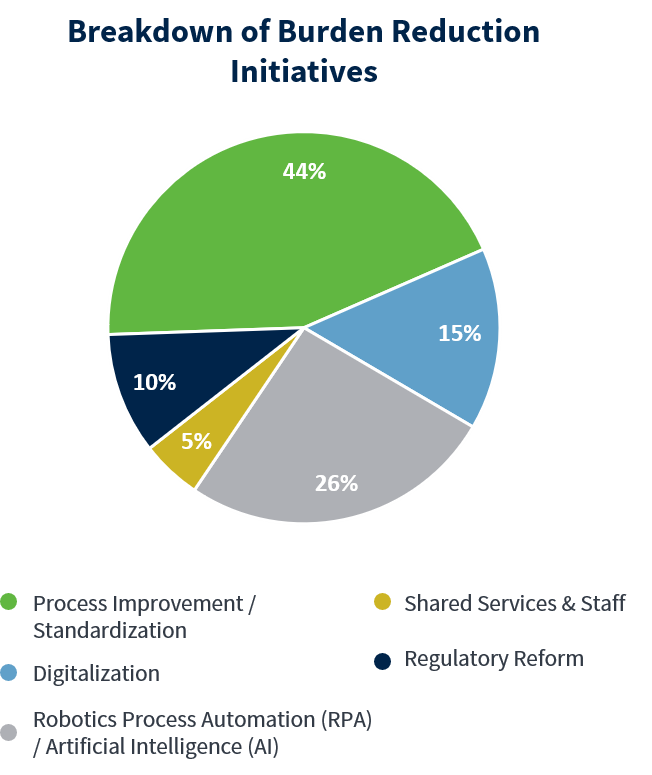
The President’s Management Agenda (PMA), launched in March of 2018, sets out a long-term vision for modernizing the Federal Government to improve mission outcomes, service to the public, and stewardship of taxpayer dollars for the American people. As part of the Shifting from Low-Value to High-Value Work Cross-Agency Priority (CAP) Goal, agencies are shifting resources from outdated and redundant requirements and processes to accomplishing mission outcomes and are delivering efficient and effective results.
This update includes more than 100 initiatives reported by the major 24 Federal agencies. These initiatives include more than 50 focused on process improvement and standardization, approximately 30 using robotics process automation (RPA), artificial intelligence (AI), and/or other innovative software, and nearly 20 focused on the digitalization of process within an agency.
Collectively, this represents billions of dollars in realized and anticipated savings and hundreds of thousands of Full-Time Employee (FTE) hours shifted to higher-value work. The agency updates contained in this report summarize activities from the start of the new Administration to March 31, 2019 and as agencies move towards a leaner government for the American People.
Highlights
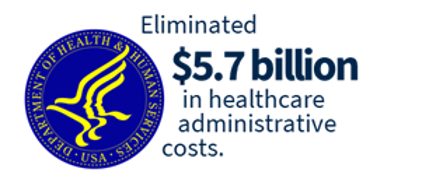
The Department of Health and Human Services (HHS) launched a Patients over Paperwork initiative to reduce unnecessary administrative burden and actively solicited feedback from the medical community through requests for information (RFIs). Through the RFI process alone, HHS received over 3,000 mentions of burden which resulted in over 1,000 distinct burden topics to consider. As of February 2019, HHS resolved or is actively addressing over 80 percent of the actionable RFI burden topics. Through regulatory changes alone, HHS estimates a savings to the medical community of at least $5.7 billion and at least 40 million hours through 2021.
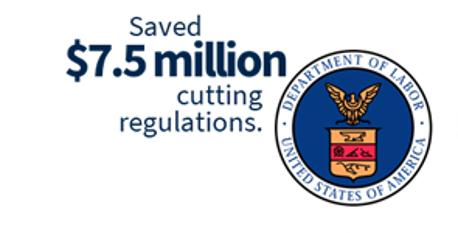
The Department of Labor’s (DOL) Occupational Safety and Health Administration (OSHA) completed several regulatory actions and amended OSHA’s standards on Recordkeeping, Crane Operator Certification, and other requirements. These actions resulted in an estimated $7.5 million in direct savings to OSHA through the elimination of costs associated with maintaining and enforcing these regulations. The impact of this initiative is $25.5 million in reduction of federal reporting burden on the regulated community.
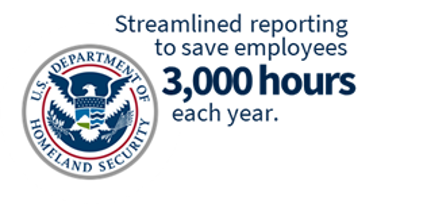
The Department of Homeland Security (DHS) eliminated the requirement to submit an annual Comprehensive Acquisition Status Report (CASR) to Congress by justifying that the majority of the report’s content was already provided to Congress via other departmental reports. By eliminating the CASR, DHS saved over 3,000 FTE hours per year.
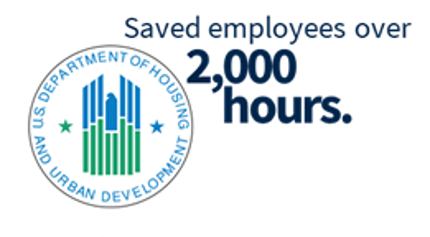
The The Department of Housing and Urban Development (HUD) used RPA to improve financial controls and reduce the time required to prepare financial statements. Automation allowed HUD to cut nearly 6 months and more than 2,000 hours of employee time out of the process.
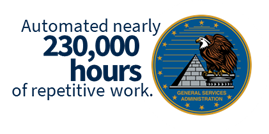
The U.S. General Services Administration (GSA) uses RPA to manage tasks like opening email, moving files, making calculations, and filling in forms. This has allowed the agency to shift an estimated 230,000 employee hours towards more high-value work.
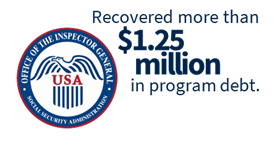
The Social Security Administration (SSA) developed software to capture improper payments and automated a remittance system, collecting more than $1.25 million in program debt.
